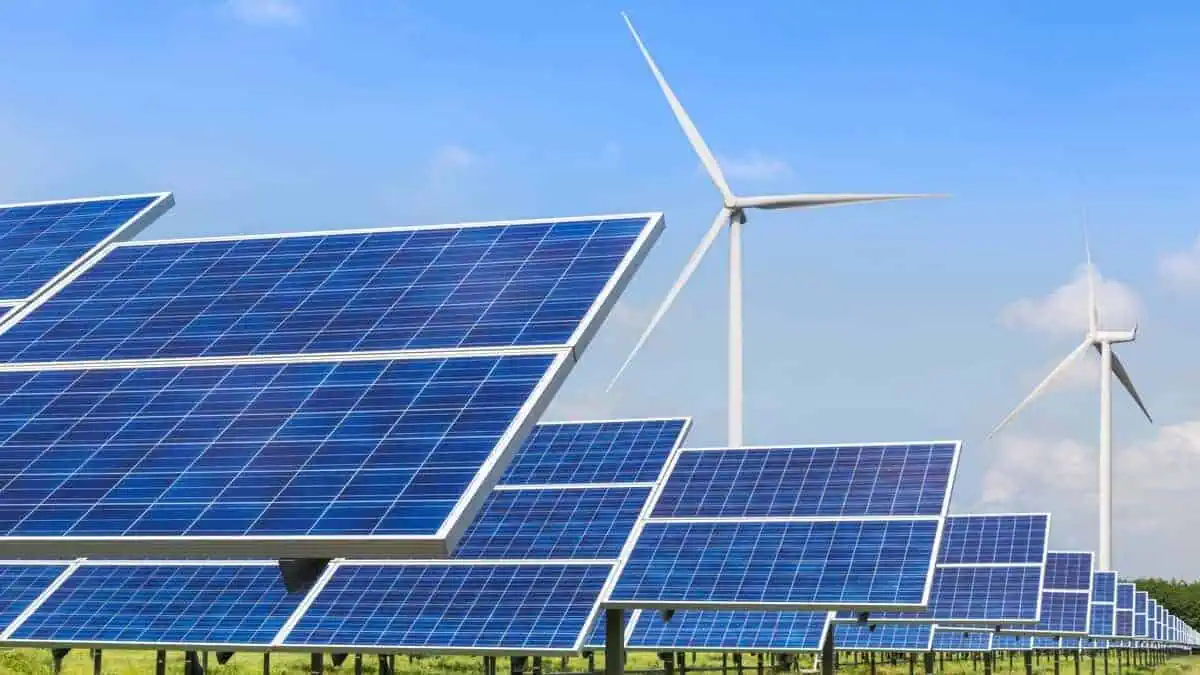Solar power is expected to increase exponentially in five of Asia’s largest economies which will advance the region to become a global powerhouse for solar energy as per Ember.
The national power sector development plans for China, Japan, Indonesia, India, and the Philippines were examined by the global energy think tank Ember. It was discovered that throughout the five economies, solar capacity is predicted to increase by an average of 22% annually, according to Electrek.
Furthermore, the Philippines and Indonesia are predicted to have the fastest solar capacity growth rates among the five, at 34.64% and 41.81%, respectively.
By 2030, Indonesia intends to increase its solar capacity by 4.68 GW. If put into practice, Indonesia would have 25 times more capacity built than its existing 180 MW level.
Nonetheless, the lowest percentage among G20 nations is Indonesia’s share of solar electricity generation which is less than 0.2%. According to the World Bank, Indonesia has the fourth-largest population in the world and the tenth-largest economy in terms of purchasing power parity.
Meanwhile, China intends to develop 1,200 GW of both wind and solar by 2030. As per Ember, China added capacity at a rate of 50% between 2012 and 2021, with solar power playing a significant role in that growth.
Ember’s Muyi Yang, Asia senior electricity policy analyst, said:
“China could reach a total capacity of at least 600 GW of solar by 2030. We believe this to be a cautious estimate, as some analysts estimate that China could reach its 1,200 GW wind and solar goals as soon as 2026.”
On the other hand, Philippines passed legislation in 2019 mandating the addition of 18 GW of solar capacity by 2030. Additionally, Solar Philippines, the nation’s largest solar company, is aiming to break the 10 GW threshold by 2025. The 2030 mark, if reached, would be about 12 times greater than the nation’s present level of 1,370 MW.
Ember also claims that the new administration of the Philippines appears intent on reviewing important planning and management guidelines for the country’s energy systems. That is essential for both grid preparedness and the quick building of solar farms.
Isabella Suarez, Southeast Asian energy analyst at the Centre for Research on Energy and Clean Air (CREA), said:
“The Philippines is certainly on track to meet its target with all 18 GW of its 2030 target already accounted for in the proposed project pipeline.”
In the meantime, India intends to increase its solar capacity by six times at 300 GW by 2030. By the end of the decade, the nation will have one of the largest solar fleets if it achieves its target. Moreover, India added a record 14 GW of new solar capacity in the 12 months preceding March 2022, breaking its previous record of 9.4 GW installed in 2018, according to Ember’s state-by-state analysis in April.
It is also worth noting that investing in grid stabilization and comprehensive regulatory reform to accommodate the growth of rooftop solar is one of India’s significant challenges for controlling its solar development.
On the other hand, solar power generated 9.3% of Japan‘s yearly electricity in 2021 which reflected an increase from 8.5% in the previous year. RTS Corporation, a Japanese PV industry consultancy firm, predicted that Japan will have between 154 and 180 GW of installed solar by 2030, although Ember estimated it to be closer to 100 GW.
Interestingly, five of Asia’s biggest economies including China, Japan, Indonesia, India, and the Philippines have enormous potential for the growth of solar energy. The world may witness a significant advancement in solar energy if these countries succeed in meeting their goals.






